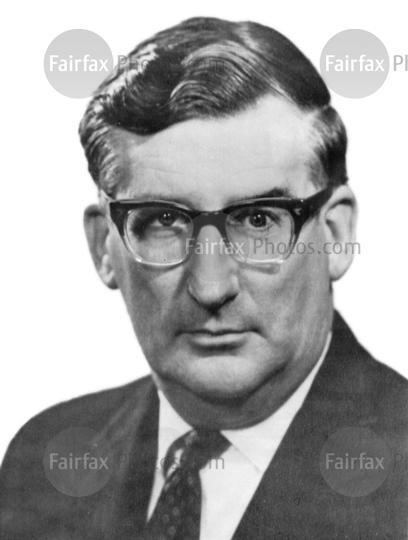Spouse(s) Penelope Attwood Nationality Australian | Died November 22, 1996 Name Peter Barbour | |
 | ||
Born 5 October 1925Geelong, Victoria, Australia ( 1925-10-05 ) Alma mater | ||
Education University of Melbourne | ||
Peter Robert Woolnough Barbour (5 October 1925 – 22 November 1996) was an Australian intelligence officer and diplomat, who was the Director-General of Security leading the Australian Security Intelligence Organisation (ASIO) from 1970 to 1975.
Contents

Early life
Barbour was born in Geelong, Victoria into a family of educators. He was schooled at Scotch College, Adelaide and Geelong Church of England Grammar School. His father was warden of the University of Melbourne Union, and Barbour studied Latin and German at the University of Melbourne before joining the Australian Army during World War II. Following his army service, he returned to Melbourne University to study a Master of Arts in German, but was recruited into ASIO in April 1951 before he completed the degree.
Intelligence and diplomatic career
Barbour's early work at ASIO saw him posted to the Netherlands and Italy as an immigration official, to prevent Communists migrating to Australia. In 1959, he was posted to ASIO's Canberra office as head of counterespionage. His role in entrapping the Soviet diplomat and KGB agent Ivan Skripov gave a boost to his career, and he became head of the Canberra office in 1964, Deputy Director-General in 1965 and in 1970 was promoted to Director-General. Barbour is the only Director-General of ASIO to have been appointed from within the organisation.
At the time of Barbour's appointment, ASIO was seen by many Australians as politically compromised, and had been passing information to the Menzies government regarding suspected Communists and Soviet agents associated with the Australian Labor Party. The day after the election of Labor's Gough Whitlam as Prime Minister in 1972, Whitlam's soon-to-be appointed Attorney-General Lionel Murphy (ASIO's responsible minister), met with Barbour to inform him in no uncertain terms that the agency's days of autonomy and lack of ministerial and parliamentary oversight were over. The ensuing strained relationship between the Whitlam Government and ASIO culminated when Murphy raided its Melbourne headquarters on 15 March 1973. In September 1975, the Whitlam Government announced that Barbour had been dismissed as Director-General and was to be posted to the United States as Australian Consul-General in New York. In 1978, he took a consular role in Los Angeles, and from 1981 to 1984 he was appointed Australia's Ambassador to Venezuela.
The reasons for Barbour's sudden dismissal by Whitlam were never officially explained. Confidential documents released by the National Archives in 2008 revealed that Barbour's dismissal was by bipartisan agreement between Whitlam and Opposition Leader Malcolm Fraser, and had been recommended by Justice Robert Hope as part of the Hope Royal Commission into the intelligence services. Barbour's successor, Edward Woodward, wrote in his memoirs that Barbour's sacking had followed a lengthy overseas trip with his "beautiful Eurasian secretary" to ostensibly review overseas intelligence agencies, but for which Barbour had failed to produce any reports, suggestions or information of benefit to the agency.
